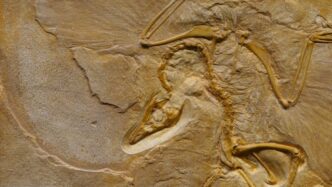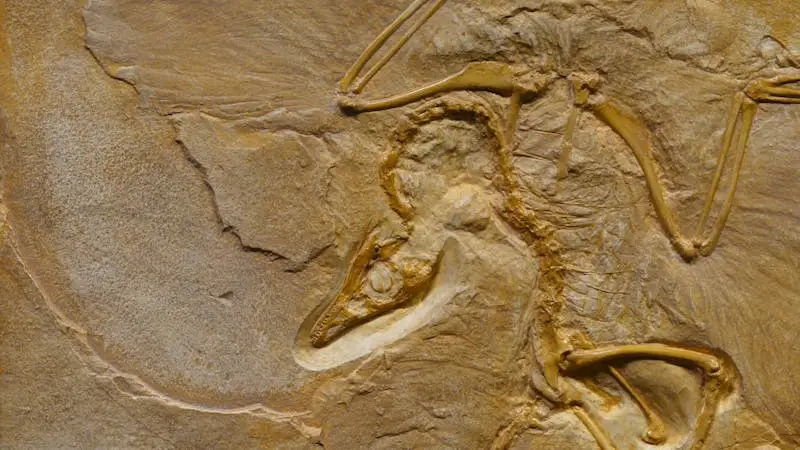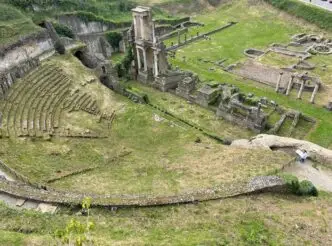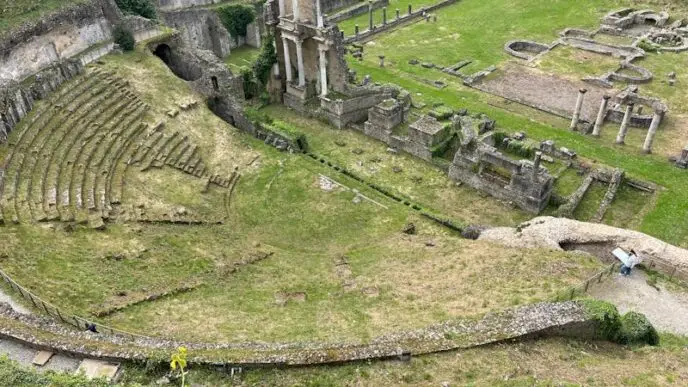Chicago Fossil Sheds Light on Bird Evolution from Dinosaurs
A groundbreaking discovery in Chicago has unearthed an Archaeopteryx fossil that offers unprecedented insights into bird evolution from dinosaurs. The well-preserved remains reveal hitherto unknown features that substantiate theories about the transformation of dinosaurs into birds, demonstrating the unique flight adaptations that facilitated this evolution.
Archaeopteryx, an ancient creature that lived approximately 150 million years ago during the Late Jurassic period, is widely considered a transitional species. It possesses traits characteristic of both non-avian feathered dinosaurs and modern birds. This sensational finding in Chicago provides new perspectives on this critical evolutionary junction, and how these remarkable creatures paved the way for the birds we see today.
Unveiling the Evolutionary Transition
The fossil, discovered in a suburban area of Chicago, was found remarkably intact, allowing for detailed analysis. Scientists were particularly interested in the creature’s structural adaptations that may have facilitated flight, a crucial step in the evolutionary transition from dinosaurs to birds.
The wing structure of the Archaeopteryx, as indicated by the fossil, reveals a unique combination of traits associated with both non-avian dinosaurs and birds. The creature’s wings feature feathers arranged in a way that is strikingly similar to that of modern birds. However, it also retains several dinosaurian characteristics, such as a long bony tail and teeth, which are absent in present-day birds.
This blend of traits supports the belief that Archaeopteryx represents a key transitional stage in the evolution of birds. “The Archaeopteryx fossil from Chicago provides us with a snapshot of evolution in action,” explained Dr. Hannah O’Brien, a paleontologist at the Chicago Natural History Museum. “It shows us how characteristics we associate with modern birds first appeared and how they may have been used.”
Flight Adaptations: A Crucial Link
While Archaeopteryx’s dinosaurian traits are fascinating, it’s the bird-like adaptations that have captivated scientists. The creature’s wing structure and feather arrangement suggest it was capable of powered flight, a key adaptation that distinguishes birds from their dinosaur ancestors.
Although Archaeopteryx’s flight may not have been as sophisticated as that of modern birds, its ability to take to the skies was likely a significant advantage in its environment. Flight would have allowed the creature to evade predators, access new habitats, and potentially even hunt from the air. These advantages may have been critical in the survival and eventual evolution of birds.
“The ability to fly is one of the defining characteristics of birds,” said Dr. O’Brien. “Understanding how this ability first evolved, and how early birds used their wings, is a central question in paleontology. The Chicago Archaeopteryx fossil offers some exciting clues.”
Implications for Understanding Bird Evolution
This groundbreaking discovery has myriad implications for our understanding of bird evolution. By examining the Archaeopteryx fossil, scientists can glean insights into how dinosaurs began to develop bird-like features, eventually leading to the feathered creatures we see today.
Additionally, the findings allow experts to reconstruct the creature’s likely habitat and behavior, providing a window into the environment in which this incredible evolutionary transition took place. This can help scientists pinpoint the selective pressures that might have driven the evolution of flight and other bird-like characteristics.
The Chicago Archaeopteryx fossil serves as a crucial reminder of the intricate and complex nature of evolution. As scientists continue to investigate this remarkable find, we can anticipate more revelations about the origins of birds and their remarkable journey from the age of dinosaurs.















